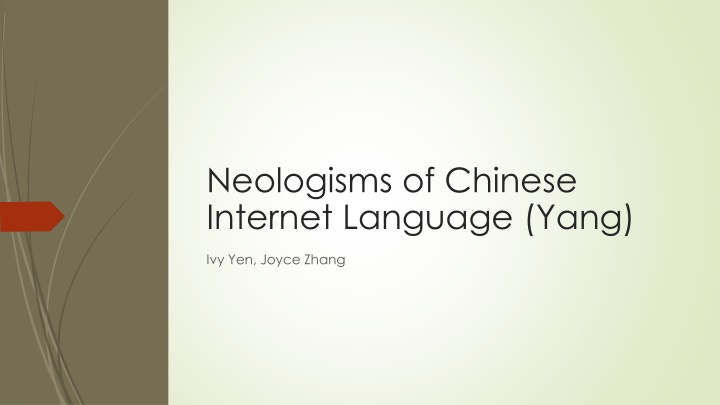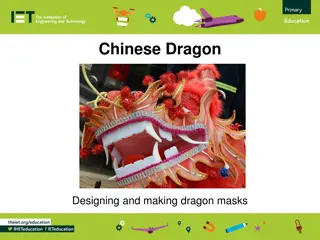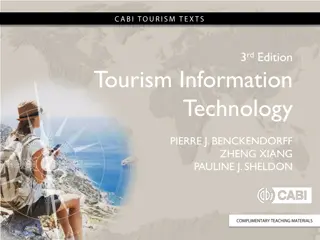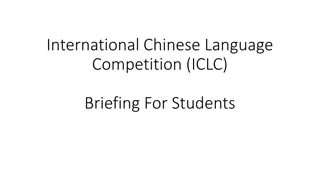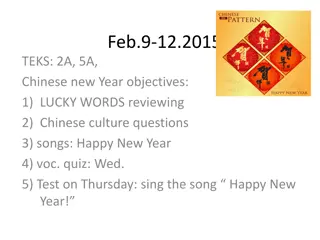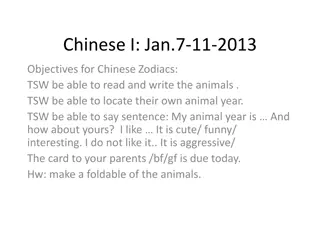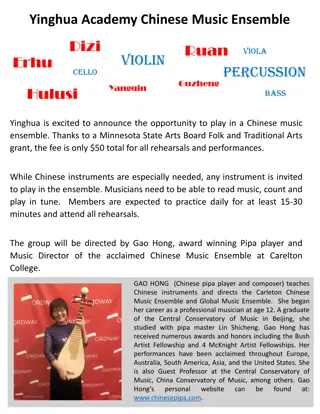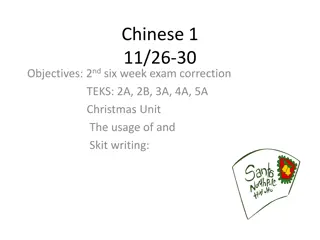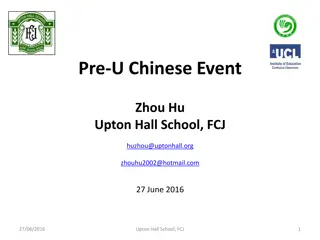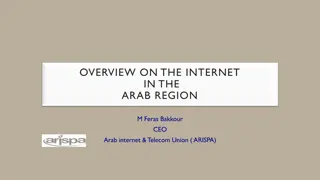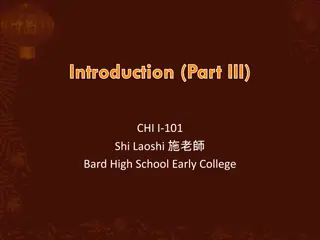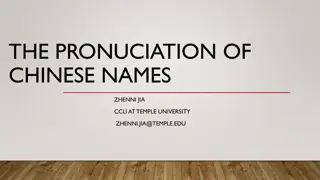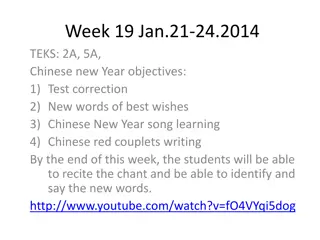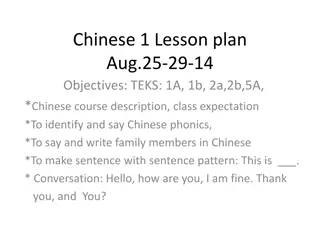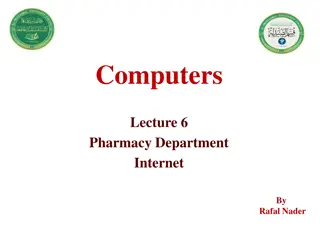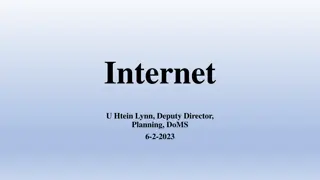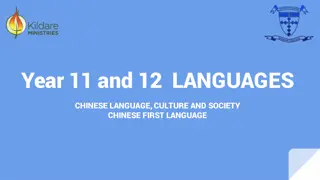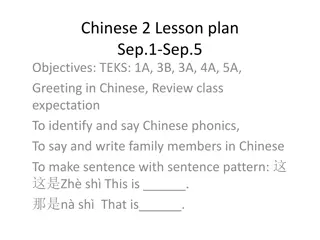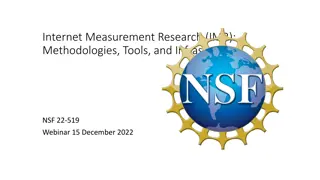Innovations of Chinese Internet Language and Writing Systems
Explore the evolving Chinese internet language through neologisms, stylistic adaptations, and unique lexical items, reflecting the influence of network strength and cultural differences between China and Taiwan. From stylized Mandarin to dialect-accented phrases, delve into the linguistic variations shaped by weak-tie network models and adaptions across regions.
Download Presentation

Please find below an Image/Link to download the presentation.
The content on the website is provided AS IS for your information and personal use only. It may not be sold, licensed, or shared on other websites without obtaining consent from the author.If you encounter any issues during the download, it is possible that the publisher has removed the file from their server.
You are allowed to download the files provided on this website for personal or commercial use, subject to the condition that they are used lawfully. All files are the property of their respective owners.
The content on the website is provided AS IS for your information and personal use only. It may not be sold, licensed, or shared on other websites without obtaining consent from the author.
E N D
Presentation Transcript
Neologisms of Chinese Internet Language (Yang) Ivy Yen, Joyce Zhang
Questions Addressed What does network strength have to do with the innovations of Chinese writing systems on the Internet? What are the differences between China and Taiwan? Why are they different?
Weak-Tie Network Model Weak-Tie: mobility of Internet Relay Chat (IRC) participants Strong-Tie: close-knit social networks Each have standard internet language More mobile more weak-ties High linguistic variation
Adaptations Taiwan Stylized English Mainland China Stylized Mandarin Stylized Taiwanese- Accented Mandarin Stylized Dialect- Accented Mandarin Stylized Taiwanese Stylized English Stylized Initials Stylized Numbers
Stylized Mandarin Lexical Items that didn t exist before (Ji Ji ): Borrowing (gu nshu ): to fill with water; to talk nonsense (shu m ng): Explanation (w ngb ): internet pub (c s ch ngdi ): Morpheme Repetition (P p ): scared (y nj ng iz o): Near Homophonization (B nzh ): speckle-bamboo; person in charge of a BBS topic (ji c x nji ): Semantic Shift (K ngl ng): dragon; an unattractive but extremely active female online
Stylized Dialect-Accented Mandarin Lexical items from Chinese dialects : to curse somebody : young people who don t understand the internet; ignorant : to think Taken from Japanese structure
Stylized English Transliteration of English Phrases hacker cool fan Other .ing being in a continuous state ing extremely depressing
Stylized Initials Pinyin Initials Flexible presence, constantly changing plmm: (beautiful girls) bs: (to despise) English Letter Initials Adoption of English, possible considered code-mixing Gf: girlfriend LOL: laugh out loud
Stylized Numbers Remnant of the times of pagers 555: pretend crying 7456: (qisiwole) infuriate 9494: (jiushi jiushi) that is it 748: (qusi ba) go to hell 8147: (buyao shengqi) don t be mad
Comparison: Stylized Initials and Numbers: not commonly used in Taiwan (zhuyinwen) Stylized English: more common in Taiwan China: greater preference for initials Limits based on linguistic resources available
Sociolinguistic Analysis Internet community: highly mobilized Innovation of language developing own style Language hierarchy: English > Mandarin > dialects On Internet: Language association with social class not accurate Internet hierarchy: more styles higher up Indicative of education level
Conclusion Different adaptations in China and Taiwan Limitations established by language resource accounts for differences Modern Identity Social status reliant on how diverse one s Internet Language is Computer-mediated Communication: always updating
Works Cited Yang, C. (2007) Chinese Internet Language: A sociolinguistic adaptations of the Chinese Writing System. Language@Internet.
